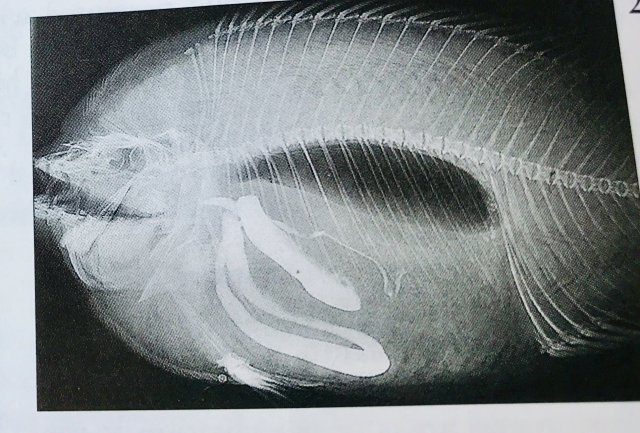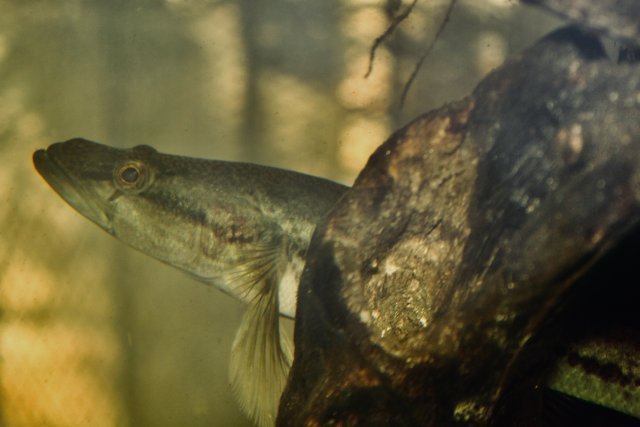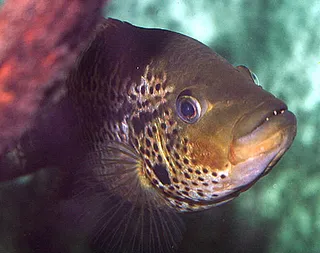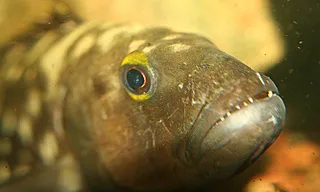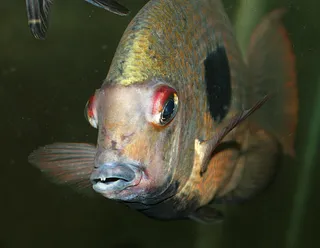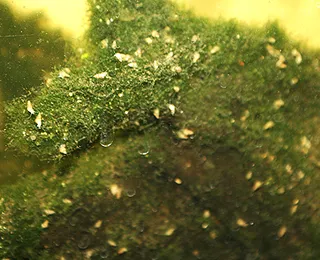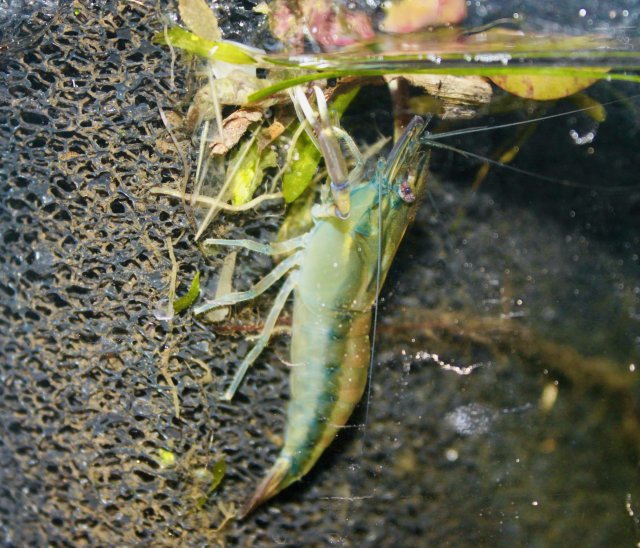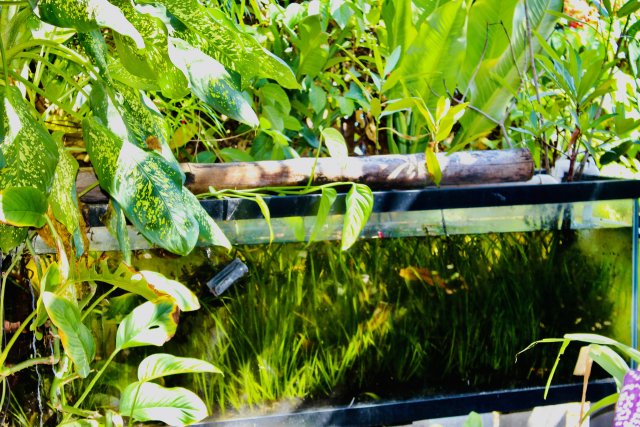For longer than I'll attempt to recall I've been giving my fish a high value meal 30-45 min prior to a WC. By high value I mean something like a Peacock Bass or an Arowana eating a Tilapia filet. I assume them to be a little like my dog in that I can feed my Dobermann breakfast and within a few short minutes he'll have extracted maximum value and be ready to toss the rest of it out in the yard as his morning constitutional.
I'm not sure how long it takes a fish to metabolize a meal though and I wonder if those 45 minute waits have been time wasted.
Am I the only one that does this?
What I'm looking for here is a poop expert. Somebody who really knows their sh*t.
I know you're out there.
Talk to me.
I'm not sure how long it takes a fish to metabolize a meal though and I wonder if those 45 minute waits have been time wasted.
Am I the only one that does this?
What I'm looking for here is a poop expert. Somebody who really knows their sh*t.
I know you're out there.
Talk to me.







